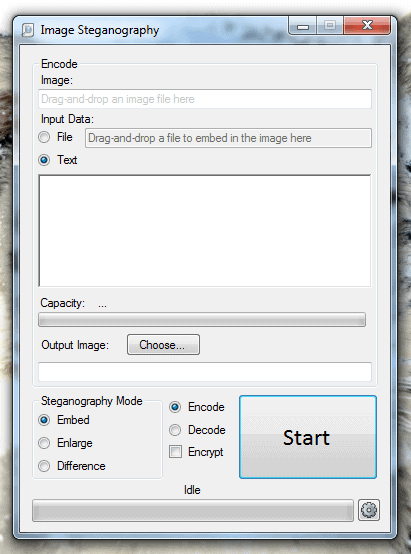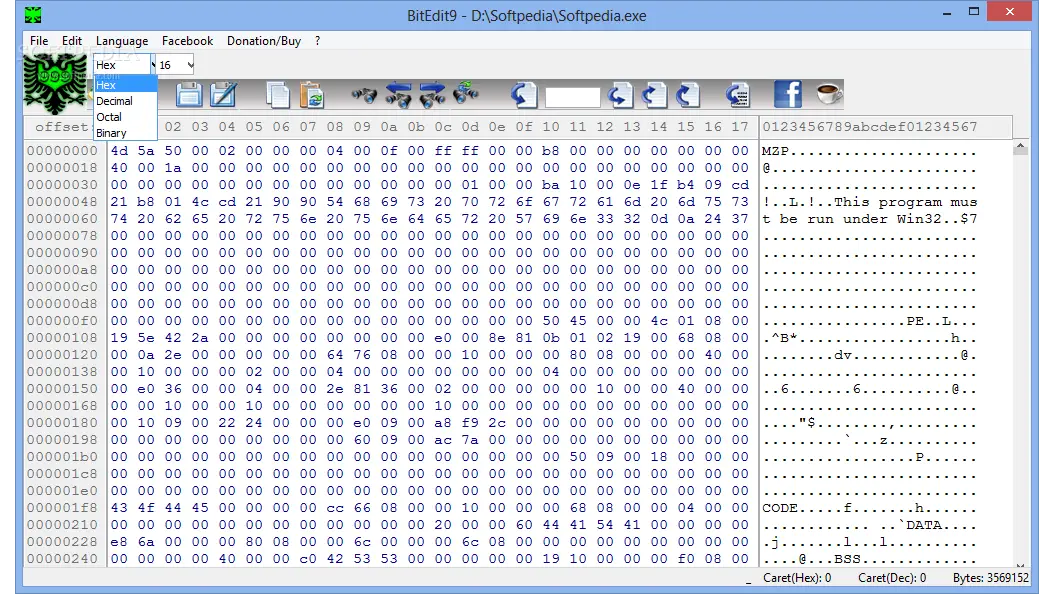

You grabbed for your stash of steganography tools, didn't you? Don't do that. We want to be sure we get something as close to the original uploaded file as possible. Although it may work, you don't know exactly what the browser may do to the image when downloading it - may strip important stuff off (especially in this case). If you're used to right-clicking images and using "Save iamge as." or whatever, don't. In this step, I'll describe the long way around (because it's more educational), then the way I did it.įirst of all, click the "Download" button on the site. So, anyway, the filename decodes to theyarewatching. You could just stuff it into some online hex decoder and see what comes out. Random file names, URL's, hashes, machine code, wouldn't be likely to be limited to just that small range. So just looking at that, it seems likely that these all decode to lower case letters. Since a byte = two hexadecimal characters, split the text into groups of two: 74 68 65 79 61 72 65 77 61 74 63 68 69 6e 67Īll of those start with 7 or 6. So, what to use that useless knowledge for? (Side note: Even if ASCII is ancient and obsolete now that we have Unicode, the most common form of Unicode on the web, UTF-8, still uses the same numbers for each character as ASCII - for backward compatibility - so this tip "still works", as long as we're dealing in stuff that's likely English with common punctuation). Upper case letters from 65 to 90 (hex 41-5a). Numeric digits and some common punctuation (slashes, dashes, periods, commas etc.) are from 32 to 64 (hex 20-40). The simplest way to map the numbers to characters - that is still in use - is ASCII.ĪSCII uses the numbers 0-32 (hex 00-20)for control codes (space, return, backspace, etc.). Text is just stored as numbers that we have decided correspond to this or that letter/digit/other character.


"Like in the Matrix, dude!" :-Pīut the easy way to check by sight is this: All data on a computer is numbers - bytes - values between 0 and 255. so going back to the number on carbis' file - it may be nothing/random.Īfter 25 years of programming/hacking/cracking, reading hexadecimal will almost be second nature.
#Best hex editors for steganography code
It's used for countless things computer-related - random filenames or URL's, hashes, representing machine code in debugging dumps, etc. That way, it can represent a single byte (256 values) by using two digits (16*16 = 256). Hexadecimal "counts to 16 instead of 10" (by adding a-f at the end of the 0-9 we usually count with). Since a computer stores and computes data in units of bytes, and a byte can be 256 different values (0-255), decimal notation - base 10 - isn't great for it. It's simply a way of representing numbers - and by extension, data. Now, there are probably people on the subreddit that have decoded hexadecimal plenty of times without really knowing what it is. 746865796172657761746368696e67 - yeah, it's hexadecimal notation (almost could be normal decimal - only a single e inthere to give it away). First thing, other than the image, that stands out, is the filename (in the top left corner). But I'm trying to make it relevant to the puzzle at hand. ) It will still be brief and simplistic - and you can find better and more in-depth info elsewhere. Hence more explaining than some will find warranted. So, although this is "basic stuff", I figure it's nice to actually know. There are at least two fundamental principles in this puzzle that will be majorly useful in all these kinds of challenges (and other stuff too). So thorough I'm splitting this into a few posts. By request, here's a thorough "walkthrough".


 0 kommentar(er)
0 kommentar(er)
